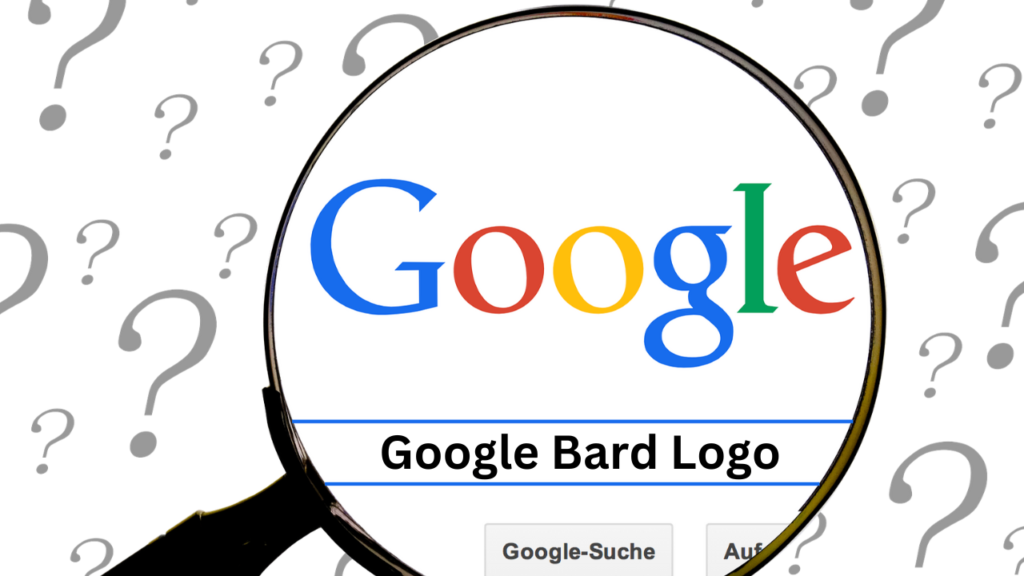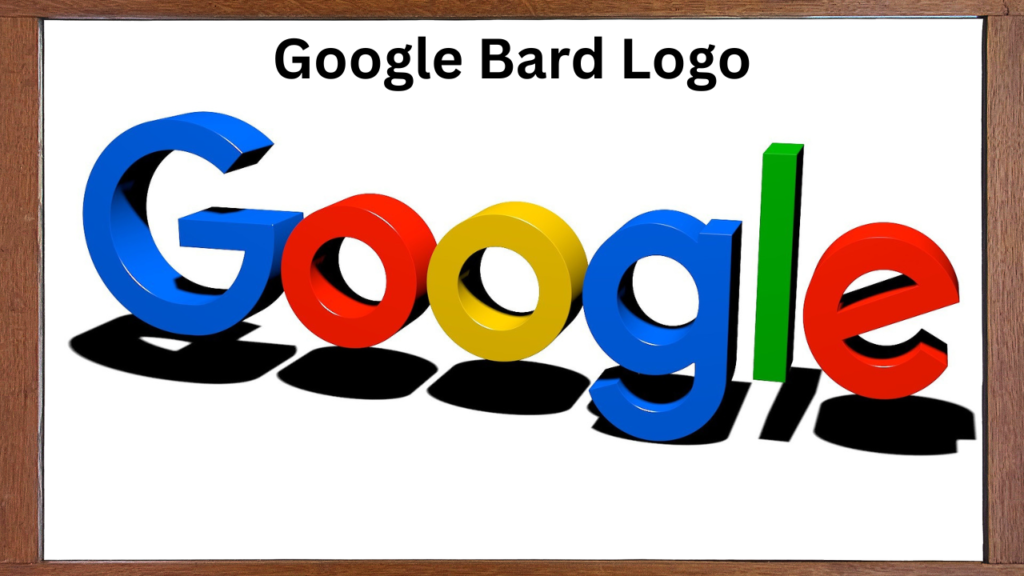In the realm of artificial intelligence, visual branding holds significant weight. It’s not just about creating an appealing logo; it’s about crafting a symbol that embodies the essence of the product and resonates with its audience. The Google Bard logo serves as a prime example of this concept, encapsulating the core values of Google’s AI-driven conversational tool while conveying a sense of innovation and creativity.
The Legacy of Google’s Branding
Google’s approach to branding has always emphasized simplicity, clarity, and accessibility. Over the years, the company has built a visual identity that is instantly recognizable and deeply ingrained in the public consciousness. From the primary colors of the Google logo to the minimalist icons of its various products, Google’s design language is rooted in making technology approachable and user-friendly.
The Google Bard logo continues this tradition but with a unique twist. While it remains true to the minimalist aesthetic that Google is known for, it also introduces elements that reflect the distinct nature of Bard as a tool for language and creativity. This balance between consistency and innovation is key to the logo’s success.
Analyzing the Design Elements of the Google Bard Logo
The Google Bard logo is a masterclass in modern design, combining clean lines, thoughtful typography, and a carefully selected color palette to create a visual identity that is both sophisticated and approachable. Each element of the logo has been meticulously crafted to reflect the purpose and capabilities of Bard.
- Color Palette: The colors used in the Google Bard logo are carefully chosen to evoke specific emotions and associations. Typically, the logo features a combination of cool and warm tones, creating a balance between trustworthiness and creativity. For example, the use of blue suggests reliability and intelligence, which are key attributes of an AI tool. On the other hand, the inclusion of warmer colors like orange or red introduces a sense of energy and creativity, aligning with Bard’s role in enhancing creative expression.
- Typography: The font used in the Google Bard logo is a modern, sans-serif typeface that is both sleek and easily readable. This choice reflects Google’s broader design philosophy, which prioritizes clarity and simplicity. However, the typography in the Bard logo also has a subtle flair that hints at the tool’s creative potential. The letters are spaced in a way that makes the logo feel open and inviting, encouraging users to engage with the AI technology.
- Symbolism: Beyond the basic elements of color and typography, the Google Bard logo may also incorporate subtle graphical elements that symbolize the tool’s connection to language and creativity. For instance, a stylized speech bubble could represent the conversational aspect of Bard, while a quill or a pen might hint at its role in assisting with writing and creative tasks. These symbols are often understated, blending seamlessly with the overall design to create a cohesive visual identity.

The Deeper Meaning Behind the Logo
The Google Bard logo is not just a design; it’s a visual representation of the tool’s mission and values. Bard is designed to assist users in generating content, whether for creative writing, educational purposes, or professional use. The logo, therefore, serves as a symbol of the intersection between technology and creativity, highlighting Bard’s role as a bridge between human imagination and machine efficiency.
- Innovation and AI: The sleek, modern design of the logo reflects the cutting-edge technology that powers Bard. As an AI tool, Bard is at the forefront of a new era in content creation, and the logo captures this sense of innovation. The use of contemporary design elements suggests that Bard is not just a tool for today, but a glimpse into the future of AI-driven creativity.
- Accessibility and Inclusivity: One of Google’s core values is making technology accessible to everyone, and the Bard logo aligns with this mission. The simplicity and clarity of the design ensure that the logo is easily recognizable and approachable, regardless of the user’s background or familiarity with AI. This inclusivity is key to Bard’s appeal, as it positions the tool as something that anyone can use to enhance their creative endeavors.
- Creativity and Expression: At its heart, Bard is about empowering users to express themselves creatively. Whether it’s helping to brainstorm ideas, generate content, or refine existing work, Bard serves as a creative partner for its users. The design elements of the logo, from the color choices to the subtle symbolism, reinforce this theme, positioning Bard as a tool that enhances human creativity rather than replacing it.
The Impact of the Google Bard Logo on Branding
In today’s crowded digital landscape, a strong logo is essential for brand recognition and differentiation. The Google Bard logo has quickly become a symbol of Google’s commitment to innovation in the AI space. Its design is not only visually appealing but also strategically crafted to resonate with Bard’s target audience.
- Brand Recognition: Since its introduction, the Google Bard logo has played a crucial role in building brand recognition. By maintaining a consistent visual identity across various platforms, Google has ensured that Bard is easily identifiable among its other products. This consistency helps to build trust and familiarity, which are important factors in encouraging users to explore and adopt new technologies.
- User Engagement: A well-designed logo can significantly impact user engagement by creating a positive first impression. The Google Bard logo, with its clean lines and inviting design, draws users in and encourages them to interact with the tool. This initial engagement is often the first step in building a lasting relationship between the user and the product.
- Market Positioning: As more companies enter the AI space, a distinctive logo becomes a valuable asset in standing out from the competition. The Google Bard logo helps to position Bard as a leader in the field of AI-driven content creation, reinforcing Google’s reputation as an innovator. The logo’s design suggests a product that is both advanced and user-friendly, appealing to a wide range of users.
Conclusion
The Google Bard logo is more than just a visual identifier; it’s a symbol of the tool’s mission and values. Through its thoughtful design, the logo captures the essence of Bard as a bridge between technology and creativity. As Bard continues to evolve and expand its capabilities, the logo will remain a key part of its identity, representing Google’s commitment to innovation and making AI accessible to everyone.


